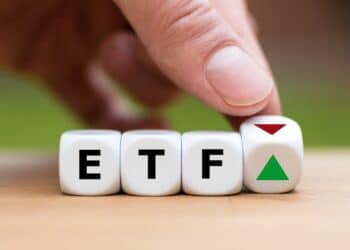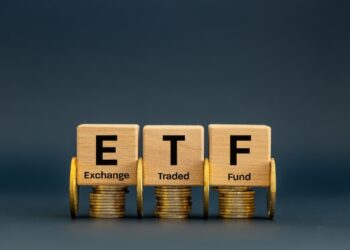Stock market analysts and the media often discuss the next opportunities in sectors of the Australian market. Stuart Engel asks whether they may be missing the point.
Standard & Poor’s new sector classifications of Australian stocks could cement sector funds as a key tool in the financial planner’s stock-in-trade.
But so often in commentaries on the stock market, an analyst describes the effect on technology stocks or resource stocks without mentioning these are just two sectors of the market, and two sectors that make up less than a quarter of the Australia’s 200 biggest stocks by market capitalisation.
Sector funds were the big news in funds management last year, particularly in the early part of the year when hundreds of millions of dollars poured into technology and biotechnology specialty funds. The other big product news in funds management last year was the introduction of exchange traded funds (ETFs) to compete with traditional managed funds.
These two major developments are likely to flourish under the new GICS (Global Industry Classification Sector) system developed by Standard & Poor’s (S&P) and Morgan Stanley Capital International (MSCI). The system will align the categories of stocks in the Australian market with industry sectors used in all of the world’s major markets.
Prior to the emergence of global sector funds last year, there was very little sector specialisation in Australian equity funds. The only funds based on an index were those that focused on the industrials index (such as the massive Perpetual Industrial Share fund) and those that specialised in resources, such as offerings from the likes of Rothschild, Colonial First State and ING.
Australia is no longer the resource driven economy it was 20 years ago when the sector made up more than half the market capitalisation of the entire share market. The resource sector now only makes up about 13 per cent of the Australian stock market, less than half the size of the financial sector.
Standard & Poor’s Index Services director Jason Feldmayer says S&P will continue to provide a resources index, similar to the Australian Stock Exchange’s (ASX) All Resources index.
“There is the lingering perception that the Australian market remains weighted towards the resources sector, but we actually have a similar weighting to a number of the world’s biggest markets,” he says.
“The biggest anomaly in the Australian market is the high weighting to financials. In fact, more than a third (36 per cent) is in the financials sector.”





